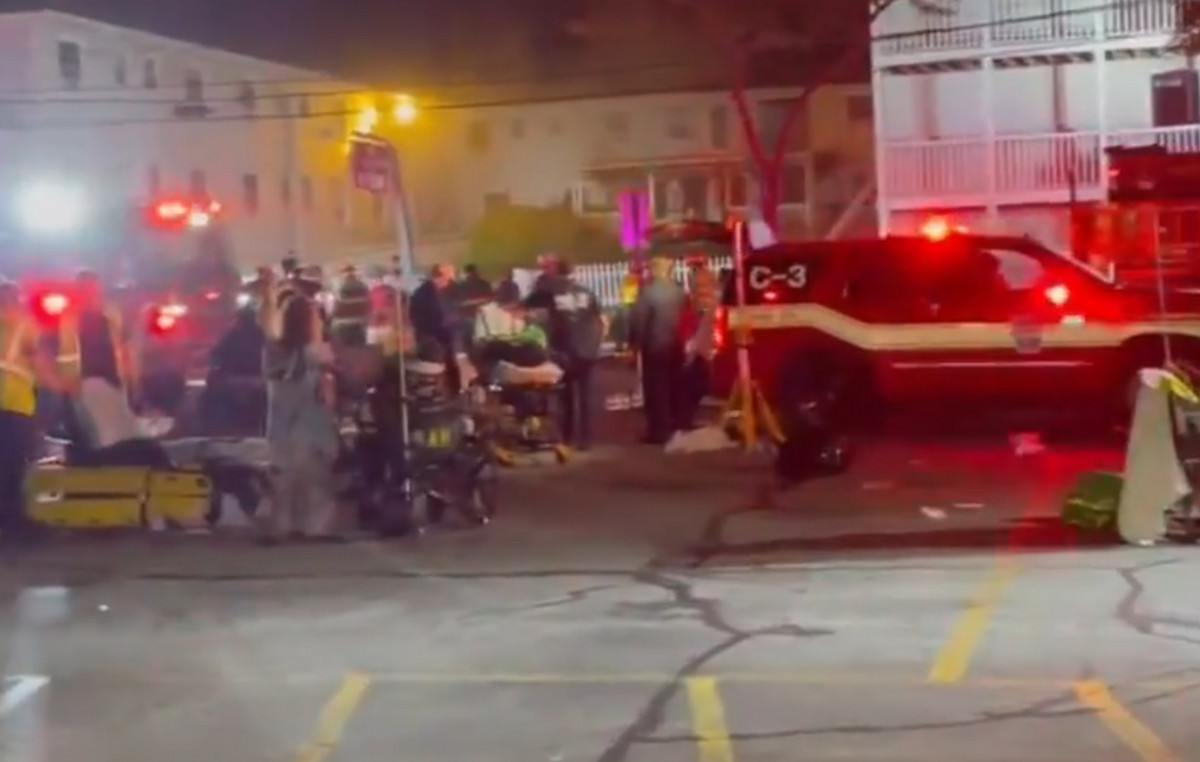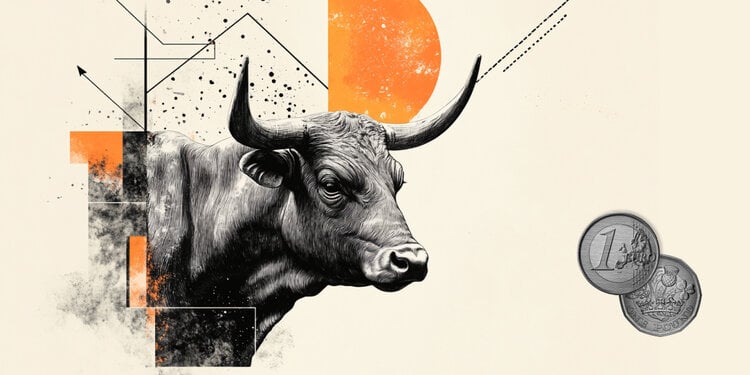Hypertension, popularly known as “high blood pressure”, is a chronic disease defined by high blood pressure numbers, which exist to facilitate the flow of blood essential for the heartbeat. The condition occurs when the values of the maximum and minimum pressures are equal or exceed 140/90 mmHg (or 14 by 9).
Hypertension occurs when “this pressure, inside the arteries, is too high, overloading the heart at the time of beating, creating a resistance that causes diseases”, explains physician Luiz Bortolotto, director of the Hypertension Clinical Unit of the Instituto do Coração (InCor ) from the University of São Paulo (USP) – see the interview in the video above.
According to an extensive study by the World Health Organization (WHO), in partnership with Imperial College, London, in about 30 years, the number of people living with hypertension on the planet has doubled. The indices show a jump from 650 million in 1990 to about 1.2 billion hypertensive in 2019 – of this total, about 14% have their blood pressure controlled.
The causes, prevention and treatment of hypertension are the themes of the rerun of the CNN Vital Signs From this week. The program, presented by cardiologist Roberto Kalil, will air this Sunday (3), at 7:45 pm, reinforcing the diversified content with the brand CNN Soft.
silent disease
The episode highlights one of the most dangerous features of the disease: the lack of symptoms. According to experts, about 20 to 30% of the world’s population have hypertension and are often unaware of the diagnosis. There is a risk that the symptoms become clearer only when the individual already has the involvement of important organs such as the brain, kidneys and the heart itself.
Hypertension can be easily diagnosed by measuring blood pressure. The procedure, which can be performed at home or in basic health units (UBSs), must be performed at least once a year by people over 20 years of age. For individuals with a family history of the disease, blood pressure should be measured twice a year. In this week’s program, doctors explain the correct way to measure blood pressure at home.
Kalil reinforces the alert for the direct association between hypertension and other cardiovascular diseases. “Hypertension is a silent disease because it has few symptoms. We know that it increases the incidence of infarction and stroke, among other aggressions to the arteries in the body, and we also know that, worldwide, adherence to treatment is poor”, comments cardiologist Luiz Bortolotto.
Prevention requires lifestyle changes
CNN Vital Signs reveals that, in addition to genetic factors, hypertension is related to social and demographic issues. Lifestyle is essential for disease prevention, since the type and quality of food ingested can influence its development.
“Low-income families do not always have access to healthy foods, fruits, vegetables, and end up eating foods with a high salt content, they end up not being able to do physical activity, they suffer from day-to-day stress, the lack of a job, the stress of work. So this ends up generating an increase in the incidence of hypertension”, analyzes Juliana Gil de Moraes, cardiologist at the Coronary Care Unit at Hospital Sírio-Libanês, in São Paulo.
The specialist draws attention to the increase in cases of high blood pressure among young people, due to the consumption of processed foods and a sedentary lifestyle. “The incidence in adolescents is clearly increasing. It’s multifactorial, but 17% of hypertension in teenagers is due to obesity,” she notes.
“What we have today are diets rich in salt. So there is access to industrialized foods that have a very high salt content, the issue of obesity, the sedentary lifestyle that ended up leaving children very trapped, adolescents very trapped”, he adds.
The program also explains the relationship between sleep apnea and hypertension. Sleep apnea is a condition in which people, while sleeping, have a narrowing of the air passage in their throat, causing snoring and pauses in breathing. The consequence is a drop in the oxygenation of the body.
Report of people living with hypertension
Retired teacher Patrícia Moreira, from Rio de Janeiro, often had a blood pressure of 29 to 20. In São Paulo, she was one of the patients of physician Luiz Bortolotto, from InCor.
With uncontrolled blood pressure, the teacher took more than nine types of medicine. Hospitalization in the Intensive Care Unit (ICU) became common because of high blood pressure. Patricia underwent a “renal denervation” procedure, a treatment that reduces the action of nerves in the kidneys.
Excess activity could be related to high levels of pressure, due to increased retention of liquid and salt in the body. The treatment is indicated for patients classified as “refractory”, that is, who have hypertension that is difficult to control with medication.
The program reveals the results of the intervention and how Patricia currently lives. She says that, right on the first appointment, the InCor doctor asked: “Patrícia, what brought you from so far away?”. She placed a huge pile of tests on the doctor’s table and said, “Dr. Bortolotto, I came here not to die.”
Source: CNN Brasil







